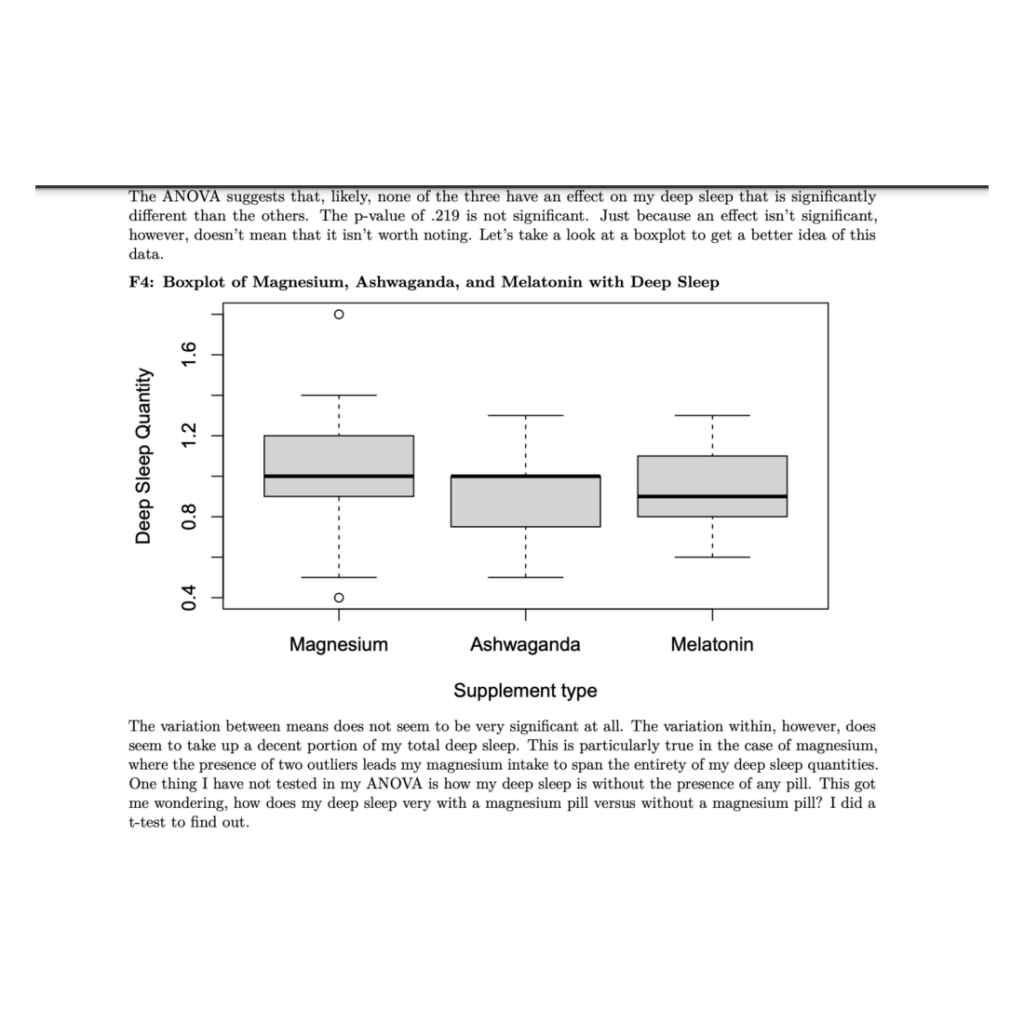
Jake Snell is a DataX postdoctoral researcher in the Department of Computer Science at Princeton University, where he develops novel deep learning algorithms by drawing insights from probabilistic models. He is currently serving as a lecturer for SML 310: Research Projects in Data Science.
As I dive deeper into my computer science coursework, I’ve found myself engaging increasingly with statistics and machine learning (hereafter abbreviated as SML). Opportunities to conduct SML research are abound at Princeton: senior theses, junior independent work, research-based courses such as SML 310: Research Projects in Data Science, joining research labs, and much more. There is such a wide variety of research opportunities, and so many nuanced pathways that students can take while exploring SML research. So, for this seasonal series, I wanted to speak with professors and researchers who are more advanced in their research journeys to share their insight and advice to undergraduate students.
Continue reading Journeying through Statistics & Machine Learning Research: An Interview with Jake Snell


